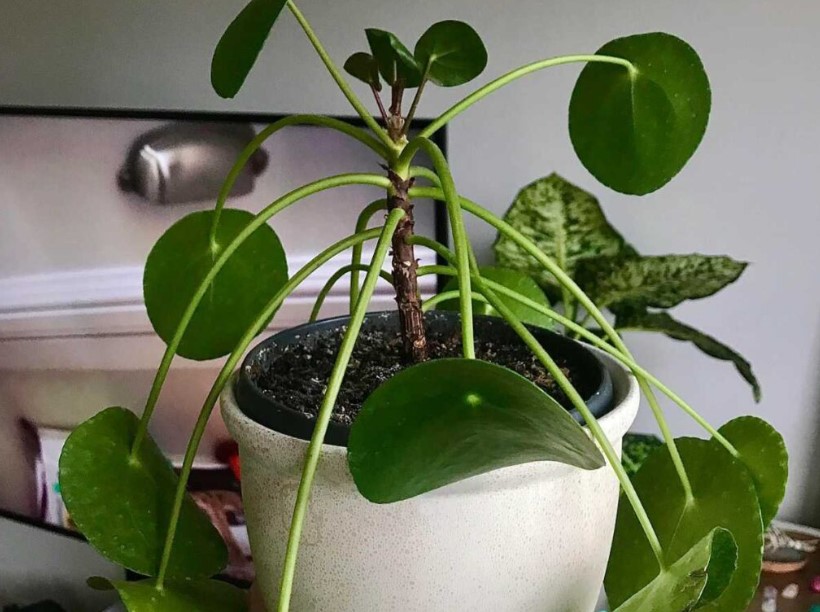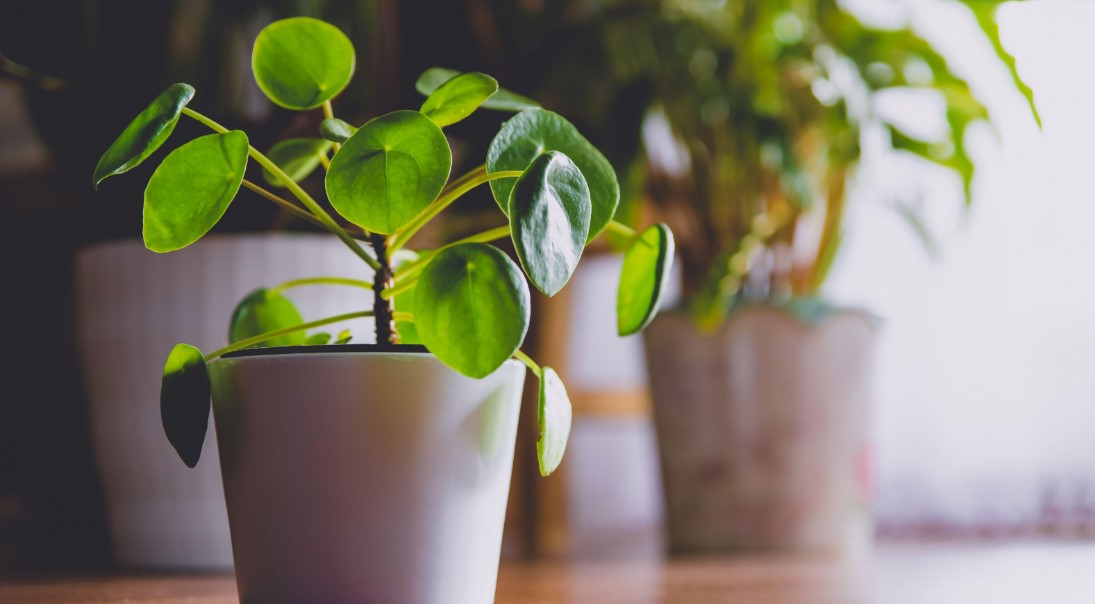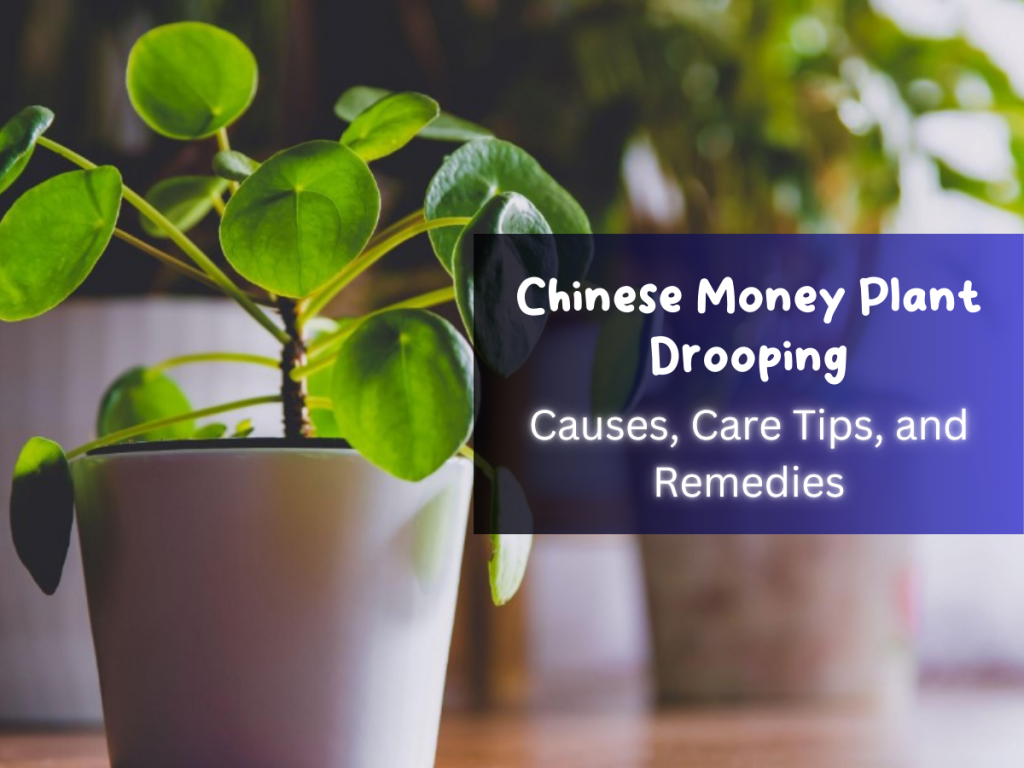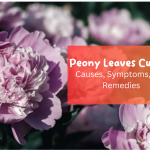The Chinese Money Plant, scientifically known as Pilea peperomioides, has gained immense popularity in recent years due to its unique appearance and ease of care. However, like any other houseplant, the Chinese Money Plant is not immune to specific issues, including drooping leaves. Suppose you’re a plant enthusiast concerned about your drooping Chinese Money Plant. In that case, this article will guide you through the causes, care tips, and remedies to help your plant thrive once again.
Understanding the Causes of Chinese Money Plant Drooping
Overwatering: Overwatering is one of the most common reasons for drooping Chinese Money Plant leaves. Excessive moisture in the soil can lead to root rot and hinder the plant’s ability to absorb nutrients, resulting in drooping or wilting leaves.
Underwatering: In other watering cases, underwatering can also cause drooping leaves. When a Chinese Money Plant doesn’t receive enough water, it tries to conserve moisture by drooping its leaves as a survival mechanism.
Insufficient Light: Chinese Money Plants thrive in bright, indirect light. If your plant is not receiving enough light, it may struggle to photosynthesize, leading to weak growth and drooping leaves.
Temperature Extremes: Chinese Money Plants prefer moderate temperatures between 65-75°F (18-24°C). Exposure to extreme cold or hot temperatures can stress the plant, causing drooping or wilting foliage.
Nutritional Deficiencies: Lack of essential nutrients, particularly nitrogen, potassium, or magnesium, can cause Chinese Money Plant leaves to droop. Nutritional deficiencies often manifest as yellowing or discoloration of the foliage, along with drooping.

Essential Care Tips for Chinese Money Plants
Watering:
- Maintain a balanced watering routine for your Chinese Money Plant.
- Ensure the soil is slightly moist but not soggy.
- Allow the top inch of the soil to dry out between waterings, and ensure proper drainage to prevent waterlogging.
Lighting:
- Place your Chinese Money Plant in a location that receives bright, indirect light.
- Avoid direct sunlight as it can scorch the leaves.
- Rotate the plant occasionally to ensure even growth and prevent leaning.
Temperature and Humidity: Maintain a consistent temperature range between 65-75°F (18-24°C) for optimal growth. Avoid exposing the plant to drafts or sudden temperature fluctuations. Moderate humidity levels are suitable for Chinese Money Plants, but they can also tolerate lower humidity.
Soil and Fertilization:
- Use well-draining soil with potting soil, perlite, and peat moss.
- Fertilize the plant once every two to four weeks during the growing season with a balanced, water-soluble houseplant fertilizer.
- Follow the instructions on the fertilizer packaging for proper application.
Remedies for Drooping Chinese Money Plants
Adjust Watering Habits:
- If your plant is drooping due to overwatering, allow the soil to dry out before watering again.
- Adjust your watering schedule to prevent excessive moisture.
- In the case of underwatering, ensure the soil is adequately moistened during each watering session.
Improve Lighting Conditions: Move your Chinese Money Plant to a brighter location, closer to a window with indirect light. If natural light is limited, consider using artificial grow lights to supplement the plant’s light requirements.
Check and Address Temperature Issues: Avoid placing your Chinese Money Plant in areas with extreme temperature fluctuations. Please keep it away from cold drafts and sources of direct heat, such as radiators or air conditioning vents.
Address Nutritional Deficiencies: Consider using a balanced houseplant fertilizer if your Chinese Money Plant shows nutrient deficiency. Dilute the fertilizer according to the package instructions and apply it during the growing season.

Conclusion:
Chinese Money Plants are delightful houseplants that can add a touch of elegance to any space. Drooping leaves can be a cause for concern. Still, understanding the causes, implementing proper care techniques, and applying appropriate remedies can help your Chinese Money Plant regain its health and vibrant appearance. Remember to provide adequate water, light, and nutrients while maintaining an optimal temperature and humidity range. Your Chinese Money Plant will thrive and bring joy for years with your care and attention. Read article about Spider Plant Transplant Shock and Overwatered Spider Plant in Avi Hoffman Garden.
FAQ
There could be several reasons why your Chinese Money Plant is droopy. Some common causes include overwatering, underwatering, insufficient light, temperature extremes, or nutritional deficiencies. Identifying the specific issue affecting your plant is essential to provide the appropriate care and remedy.
If your money plant is suddenly drooping, it could be due to changes in its environment or care routine, including a change in watering frequency, light exposure, or temperature. Stress caused by these abrupt changes can lead to drooping leaves. Evaluate any recent modifications to the plant’s conditions and try to restore them to their previous state.
To revive a drooping Chinese Money Plant, follow these steps:
Water correctly: Ensure you’re providing the right amount of water. Allow the soil to dry out between waterings to prevent overwatering—water thoroughly when the top inch of the soil feels dry.
Adjust lighting conditions: Place the plant in a well-lit area with bright, indirect light. If necessary, use artificial grow lights to supplement insufficient natural light.
Maintain suitable temperature and humidity: Keep the plant in a location with a consistent temperature range of 65-75°F (18-24°C). Avoid exposing it to drafts or sudden temperature fluctuations. Moderate humidity levels are generally suitable for Chinese Money Plants.
Address nutrient deficiencies: If your plant shows signs of nutrient deficiencies, apply a balanced houseplant fertilizer during the growing season. Dilute the fertilizer according to the package instructions and use it as directed.
You can revive your Chinese Money Plant and restore its health and vitality by providing the appropriate care and addressing the specific issue causing the drooping.







